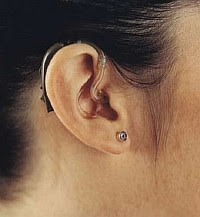
In the stock market the company Onyx Pharmaceuticals stocks had a sharp vertical increase of 58%. Its stocks increase because they have made a break through in the battle against terminal cancers. They created a virus that kills tumors that are extremely resistant to chemotherapy or radiation. The virus does its job by replicating itself then terminating P53-deficient cells. The virus are called Onyx-015, which had clinical trials on cancers in the heads and neck.
http://www.nytimes.com/1996/10/19/business/shares-of-onyx-up-on-report-of-cancer-breakthrough.html?scp=5&sq=radiation%20break%20through&st=cse








